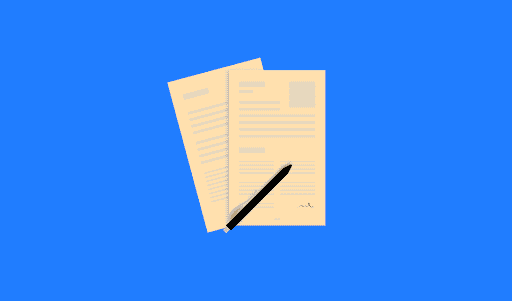Plagiarism is unacceptable everywhere, much less in the place of work. So, to evade trouble and ensure your work is proficient and legitimate, you must check for plagiarism before presenting it.
Plagiarism might really affect your career, plus it will show you in a bad light in front of your coworkers. Regardless of what subject or field you might plagiarize in, you must understand that plagiarism is not acceptable, and it can cause you legal problems.
So, maintaining a high standard regarding plagiarizing is a must in the business world.
Why is plagiarism bad?
As weird as it may sound, plagiarism is a form of stealing. It’s actually not a physical robbery, but it’s intellectual property that you’re taking. Consider how you would feel if somebody at work stole your thoughts or concepts and asserted them as their own to boost their career. That would be intolerable, and you could not overlook such a thing.
In the scholarly world, plagiarism is equivalent to cheating. In a work setting, plagiarism equals an absence of trust and reliability. If you do so once, you could as well do so again. So, your colleagues could start to second guess your credibility. If your team isn’t feeling confident about you, then how will you cooperate and be involved in the projects you should be working on?
Hard work and qualifications must always be acknowledged. If you’re stealing somebody else’s qualifications, you aren’t being righteous to others, and you’re not acknowledging their work. That is wrong on an ethical level as well.
How to avoid plagiarism in the workplace
We provide you with our short guide on how to avoid plagiarism in the workplace. So, read below to find out more about the things you should do in order to prevent plagiarism in your workplace.
Utilize online tools
Nowadays, to check your documents for plagiarism and ensure your content is plagiarism-free, you can use an online plagiarism checker tool that will help you capture those issues before presenting your documents. Plenty of professional writers utilize it because it’s easy to use and provides fast service.
In addition, it offers you the option to rewrite your content and ensure it is 100% original. So, don’t forget to tell your team about what online plagiarism tools they might use. Holding that information to yourself is unfair to your team members, so be a team player and a great leader.
Set boundaries
Summon a team meeting and make every one of your employees describe and define plagiarism. Then, specify clearly what is tolerable and what is not in workplace documents.
Create a short, one- or two-page document with a set of guidelines that will help workers understand why it is important to cite a reference, when to do it, and how to do it. In addition, make it strict and clear that you will consider reports that don’t follow those guidelines to be plagiarized.
Offer a writing training program
If the rules aren’t clear for every employee, organize training programs on plagiarism and have everybody attend. Offer regular training for writing as well. A workshop is always beneficial, particularly in these sorts of scenarios.
It shouldn’t be something that will make your employees feel like they’re being sent back to school, but a half-day workshop can help everybody with having the same understanding and constantly enhance their writing.
Reward or punish employees
Don’t forget to compliment every employee for being open about the new set of rules and advise them to address any concerns they might be having. Ensure you’re rewarding your team as well.
Reward your employees as a whole for everybody fulfilling your expectations for appropriate referencing. But also punish them if they don’t follow the rules. When everybody gets rewarded or punished together, they will be far more likely to be attentive instead of relying on you for supervision.
Citation of sources is a must
When implying an idea or phrasing that is not originally yours, include a citation in your content that specifies the full name of the source, the date it was released, plus any other citation component that is vital to the style guide you comply with.
An easy fix is always to give credit where credit goes. It won’t diminish your hard work to admit that of somebody else. If your content or work document is online, always link back to the source or the original site you spotted those ideas or phrasing.
Final words
Make sure you are familiar with the rules of plagiarism in the workplace and clearly explain them to your team members. If they need more exposure, organize seminars frequently. Make sure you are a responsible project manager who leads by example. Additionally, avoid plagiarism at all costs to ensure that your colleagues respect you.
Related Articles
- Reasons Why Content Marketing Is Important
- Customer Loyalty Software: Best Free Softwares for Small Business
- Loyalty Programs: Best Customer Rewards Program Ideas and Examples
- Customer Loyalty Programs & Ideas (+Top Rated Programs in 2022)
- The Issue of Plagiarism and Copyright Infringement in Business





